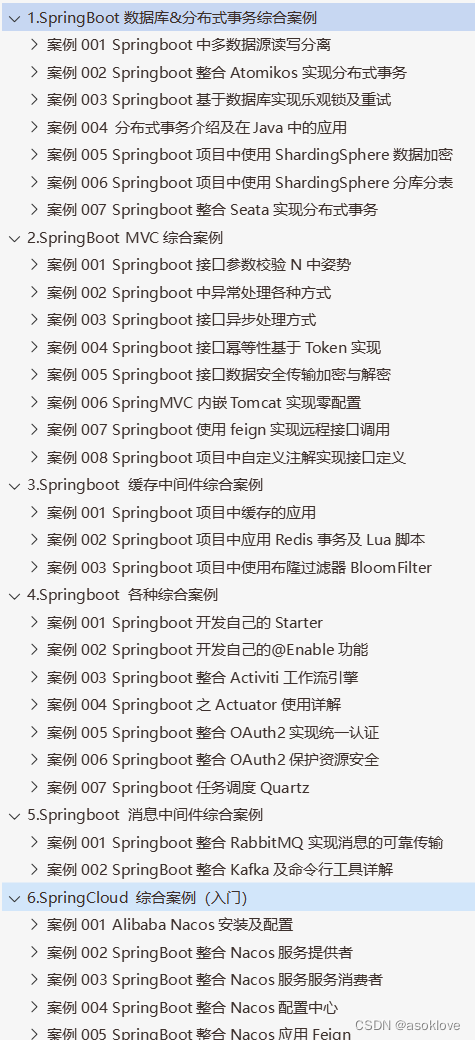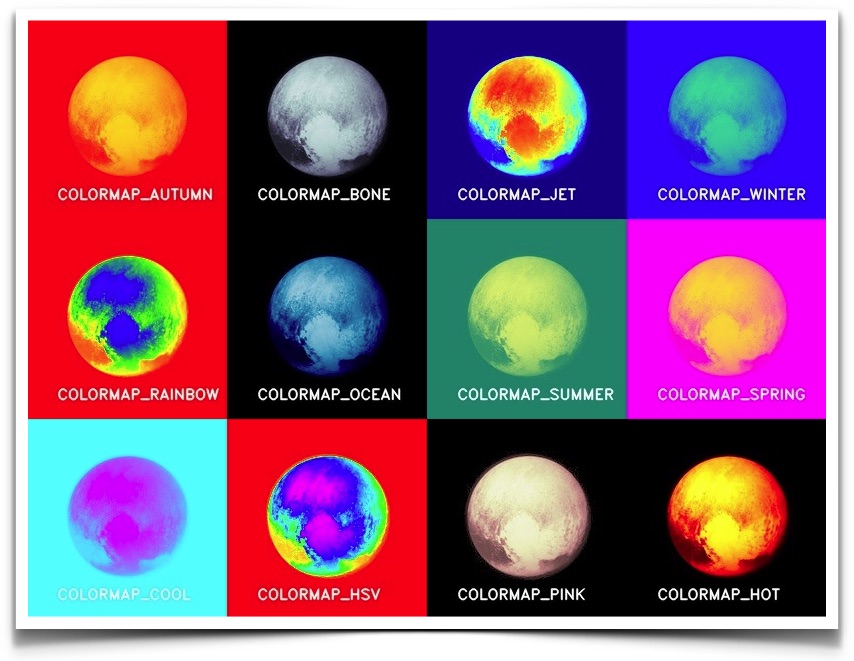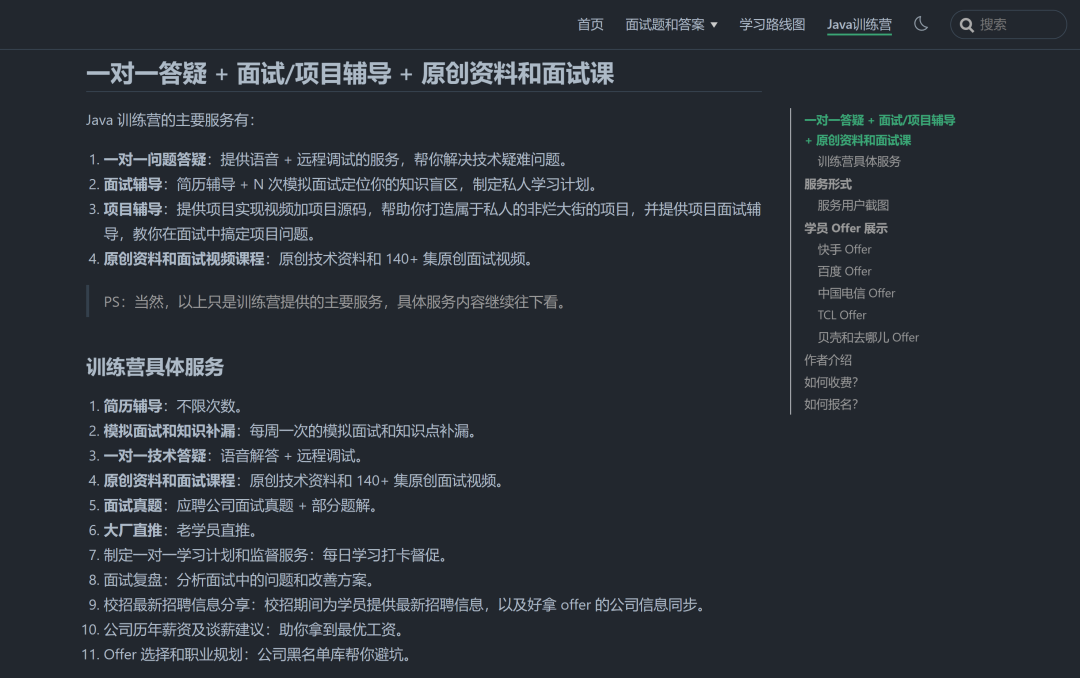文章目录
- 前言
- 一、收银系统版本1
- 1、运行效果
- 2、界面设计
- 3、代码
- 二、收银系统版本2
- 1、运行效果
- 2、界面设计
- 3、代码:
- 三、收银系统版本3
- 1、运行效果
- 2、界面设计
- 3、代码
- 四、收银系统版本4
- 1、运行效果
- 2、界面设计
- 3、代码
- 总结
- 面向对象23中设计模式总结
- 设计模式关系图
前言
实现商场收银系统从简单的面向过程到面向对象的演变。
一、收银系统版本1
最容易想到的:
单价*数量=总价
根据输入的单价和数量,直接计算,将结果显示在listbox控件中。
重置按钮可以清零。
1、运行效果

2、界面设计

3、代码
using System;
using System.Collections.Generic;
using System.ComponentModel;
using System.Data;
using System.Drawing;
using System.Linq;
using System.Text;
using System.Windows.Forms;
namespace 商场收银软件
{
public partial class Form1 : Form
{
public Form1()
{
InitializeComponent();
}
public double total = 0;
private void button1_Click(object sender, EventArgs e)
{
double price, number,totalPrice;
price = Convert.ToDouble(this.txtPrice.Text);
number = Convert.ToDouble(this.txtNumber.Text);
totalPrice = price * number;
total += totalPrice;
this.lbxList.Items.Add("单价:" + price + "元 数量:" + number + " 合计:" + totalPrice + "元");
this.labTotal.Text ="共计:"+ total + "元";
}
private void button2_Click(object sender, EventArgs e)
{
this.txtNumber.Text = "";
this.txtPrice.Text = "";
this.lbxList.Items.Clear();
this.labTotal.Text = "共计:";
}
}
}
二、收银系统版本2
版本2在版本1的基础上增加了打折优惠。
1、运行效果
打折下拉框可选择正常收费、三折优惠、五折优惠、八折优惠。

2、界面设计
在版本1的界面基础上增加一个Combobox,并增加下拉选项。

3、代码:
using System;
using System.Collections.Generic;
using System.ComponentModel;
using System.Data;
using System.Drawing;
using System.Linq;
using System.Text;
using System.Windows.Forms;
namespace 商场收银软件V2._1
{
public partial class Form1 : Form
{
public Form1()
{
InitializeComponent();
this.cbxType.SelectedIndex = 0;
}
public double total = 0;
private void button1_Click(object sender, EventArgs e)
{
try
{
double price, number, totalPrice = 0;
price = Convert.ToDouble(this.txtPrice.Text);
number = Convert.ToDouble(this.txtNumber.Text);
switch (this.cbxType.SelectedIndex)
{
case 0:
{
totalPrice = price * number;
break;
}
case 1:
{
totalPrice = price * number * 0.3;
break;
}
case 2:
{
totalPrice = price * number * 0.5;
break;
}
case 3:
{
totalPrice = price * number * 0.8;
break;
}
}
total += totalPrice;
this.lbxList.Items.Add("单价:" + price + "元 数量:" + number + " 合计:" + totalPrice + "元");
this.labTotal.Text = "共计:" + total + "元";
}
catch
{
MessageBox.Show("出现异常!","注意!",MessageBoxButtons.OK,MessageBoxIcon.Error);
}
}
private void button2_Click(object sender, EventArgs e)
{
this.txtNumber.Text = "";
this.txtPrice.Text = "";
this.lbxList.Items.Clear();
this.labTotal.Text = "共计:";
}
}
}
三、收银系统版本3
版本3中收费方式增加了满减选项。
采用面向对象设计中的简单工厂模式。
1、运行效果

2、界面设计
界面收费方式Combobox中增加满300返100选项。

类图关系如下:
抽象工厂模式:创建相关或依赖对象的家族,而无需明确指定具体类。
- 先写一个现金抽象类CashSuper,其中有一个方法acceptCash();
- 其次正常收费、打折、满减三种情况分为三个类,对抽象类CashSuper进行实现。
- 打折类和满减类中增加了一些新的字段、函数。
- 在工厂类CashFactory中将正常收费、打折类、满减类以类对象为单位进行分类传输数据,计算,然后返回不同的类对象。将单价直接传入各个类中的函数acceptCash,然后根据不同的优惠方式对单价进行不同的计算,最后在按钮里根据数量计算总价。
- 体现了封装思想:将不同的优惠封装起来,只在单价的基础上计算优惠后的单价,在封装之外根据数量计算总价。

3、代码
using System;
using System.Collections.Generic;
using System.ComponentModel;
using System.Data;
using System.Drawing;
using System.Linq;
using System.Text;
using System.Windows.Forms;
namespace 商场收银软件V3._1
{
public partial class Form1 : Form
{
public Form1()
{
InitializeComponent();
this.cbxType.SelectedIndex = 0;
}
public double total = 0;
private void button1_Click(object sender, EventArgs e)
{
try
{
double price, number, totalPrice = 0;
string type;
price = Convert.ToDouble(this.txtPrice.Text);
number = Convert.ToDouble(this.nudNumber.Text);
type = this.cbxType.SelectedItem.ToString();
CashSuper cs = null;
cs = CashFactory.createCashAccept(type);
totalPrice = cs.acceptCash(price) * number;
total += totalPrice;
this.lbxList.Items.Add("单价:" + price + "元 数量:" + number + " 合计:" + totalPrice + "元"+"("+type+")");
this.labTotal.Text = "共计:" + total + "元";
}
catch
{
MessageBox.Show("出现异常!", "注意!", MessageBoxButtons.OK, MessageBoxIcon.Error);
}
}
private void button2_Click(object sender, EventArgs e)
{
this.nudNumber.Text = "0";
this.txtPrice.Text = "";
this.lbxList.Items.Clear();
this.labTotal.Text = "共计:";
}
}
/// <summary>
/// 具体实施方法
/// </summary>
abstract class CashSuper //抽象类
{
public abstract double acceptCash(double monery); //抽象方法
}
class CashNormal : CashSuper
{
public override double acceptCash(double monery)
{
return monery;
}
}
class CashRebate : CashSuper
{
public double moneryRebate;
public CashRebate(string moneryRebate)
{
this.moneryRebate = double.Parse(moneryRebate);
}
public override double acceptCash(double monery)
{
return monery*moneryRebate;
}
}
class CashReturn : CashSuper
{
public double moneryCondition;
public double moneryReturn;
public CashReturn(string moneryCondition, string moneryReturn)
{
this.moneryCondition = double.Parse(moneryCondition);
this.moneryReturn = double.Parse(moneryReturn);
}
public override double acceptCash(double monery)
{
double result;
result = monery;
if (monery >= moneryCondition)
{
result= monery - (monery / moneryCondition) * moneryReturn;
}
return result;
}
}
/// <summary>
/// 现金收取工厂
/// </summary>
class CashFactory
{
public static CashSuper createCashAccept(string type)
{
CashSuper cs = null;
switch (type)
{
case "正常收费":
cs = new CashNormal();
break;
case "五折优惠":
cs = new CashRebate("0.5");
break;
case "八折优惠":
cs = new CashRebate("0.8");
break;
case "满300返100":
cs = new CashReturn("300","100");
break;
}
return cs;
}
}
}
四、收银系统版本4
1、运行效果

2、界面设计
界面设计与之前版本差不多。

类图:

策略模式:定义一系列算法,把他们封装起来,并且使它们可以相互替换。
以价格和数量为参数,传入对应的优惠类中,并在各自类中完成计算总价的算法。
在外部通过传入参数进行计算总价。
3、代码
using System;
using System.Collections.Generic;
using System.ComponentModel;
using System.Data;
using System.Drawing;
using System.Linq;
using System.Text;
using System.Windows.Forms;
namespace 商场收银软件V4._1
{
public partial class Form1 : Form
{
public Form1()
{
InitializeComponent();
this.cbxType.SelectedIndex = 0;
}
public double total = 0;
private void button1_Click(object sender, EventArgs e)
{
try
{
double price, number, totalPrice = 0;
string type;
price = Convert.ToDouble(this.txtPrice.Text);
number = Convert.ToDouble(this.nudNumber.Text);
type = this.cbxType.SelectedItem.ToString();
CashContext cc = new CashContext() ;
switch (type)
{
case "正常收费":
cc.setBehavior( new CashNormal());
break;
case "五折优惠":
cc.setBehavior(new CashRebate("0.5"));
break;
case "八折优惠":
cc.setBehavior(new CashRebate("0.8"));
break;
case "满300返100":
cc.setBehavior( new CashReturn("300", "100"));
break;
}
totalPrice = cc.GetResult(price) * number;
total += totalPrice;
this.lbxList.Items.Add("单价:" + price + "元 数量:" + number + " 合计:" + totalPrice + "元" + "(" + type + ")");
this.labTotal.Text = "共计:" + total + "元";
}
catch
{
MessageBox.Show("出现异常!", "注意!", MessageBoxButtons.OK, MessageBoxIcon.Error);
}
}
private void button2_Click(object sender, EventArgs e)
{
this.nudNumber.Text = "0";
this.txtPrice.Text = "";
this.lbxList.Items.Clear();
this.labTotal.Text = "共计:";
}
}
/// <summary>
/// 具体实施方法
/// </summary>
abstract class CashSuper //抽象类
{
public abstract double acceptCash(double monery); //抽象方法
}
class CashNormal : CashSuper
{
public override double acceptCash(double monery)
{
return monery;
}
}
class CashRebate : CashSuper
{
public double moneryRebate;
public CashRebate(string moneryRebate)
{
this.moneryRebate = double.Parse(moneryRebate);
}
public override double acceptCash(double monery)
{
return monery * moneryRebate;
}
}
class CashReturn : CashSuper
{
public double moneryCondition;
public double moneryReturn;
public CashReturn(string moneryCondition, string moneryReturn)
{
this.moneryCondition = double.Parse(moneryCondition);
this.moneryReturn = double.Parse(moneryReturn);
}
public override double acceptCash(double monery)
{
double result;
result = monery;
if (monery >= moneryCondition)
{
result = monery - (monery / moneryCondition) * moneryReturn;
}
return result;
}
}
/// <summary>
/// 收费策略Context
/// </summary>
class CashContext
{
public CashSuper cs; //声明一个现金收费父类对象
public void setBehavior(CashSuper csuper) //设置策略行为,参数为具体的现金收费子类(正常,打折或返利)
{
this.cs = csuper;
}
public double GetResult(double money) //得到现金促销计算结果(利用了多态机制,不同的策略行为导致不同的结果)
{
return cs.acceptCash(money);
}
}
}
总结
使用设计模式可以增强代码的可重用性、可扩充性、 可维护性、灵活性好。我们使用设计模式最终的目的是实现代码的高内聚和低耦合。
面向对象23中设计模式总结
面向对象23中设计模式总结如下:

1、创建型模式
对象实例化的模式,创建型模式用于解耦对象的实例化过程。
单例模式:某个类智能有一个实例,提供一个全局的访问点。
工厂方法模式:一个工厂类根据传入的参量决定创建出哪一种产品类的实例。
抽象工厂模式:创建相关或依赖对象的家族,而无需明确指定具体类。
建造者模式:封装一个复杂对象的创建过程,并可以按步骤构造。
原型模式:通过复制现有的实例来创建新的实例。
2、结构型模式
把类或对象结合在一起形成一个更大的结构。
装饰器模式:动态的给对象添加新的功能。
代理模式:为其它对象提供一个代理以便控制这个对象的访问。
桥接模式:将抽象部分和它的实现部分分离,使它们都可以独立的变化。
适配器模式:将一个类的方法接口转换成客户希望的另一个接口。
组合模式:将对象组合成树形结构以表示“部分-整体”的层次结构。
外观模式:对外提供一个统一的方法,来访问子系统中的一群接口。
享元模式:通过共享技术来有效的支持大量细粒度的对象。
3、行为型模式
类和对象如何交互,及划分责任和算法。
策略模式:定义一系列算法,把他们封装起来,并且使它们可以相互替换。
模板方法模式:定义一个算法结构,而将一些步骤延迟到子类实现。
命令模式:将命令请求封装为一个对象,使得可以用不同的请求来进行参数化。
迭代器模式:一种遍历访问聚合对象中各个元素的方法,不暴露该对象的内部结构。
观察者模式:对象间的一对多的依赖关系。
仲裁者模式:用一个中介对象来封装一系列的对象交互。
备忘录模式:在不破坏封装的前提下,保持对象的内部状态。
解释器模式:给定一个语言,定义它的文法的一种表示,并定义一个解释器。
建造者模式:允许一个对象在其对象内部状态改变时改变它的行为。
责任链模式:将请求的发送者和接收者解耦,使的多个对象都有处理这个请求的机会。
访问者模式:不改变数据结构的前提下,增加作用于一组对象元素的新功能。
设计模式关系图




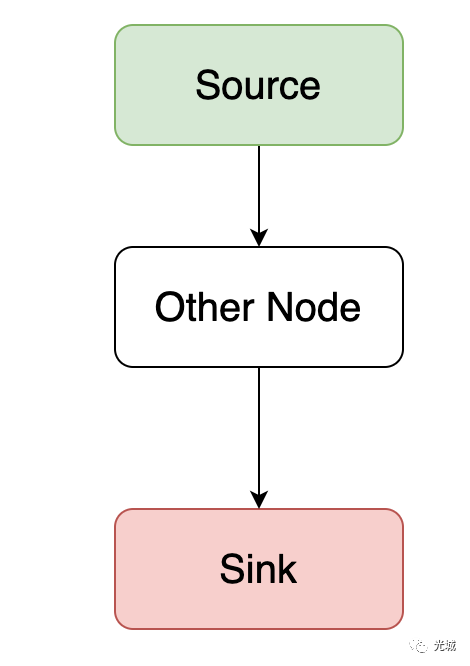




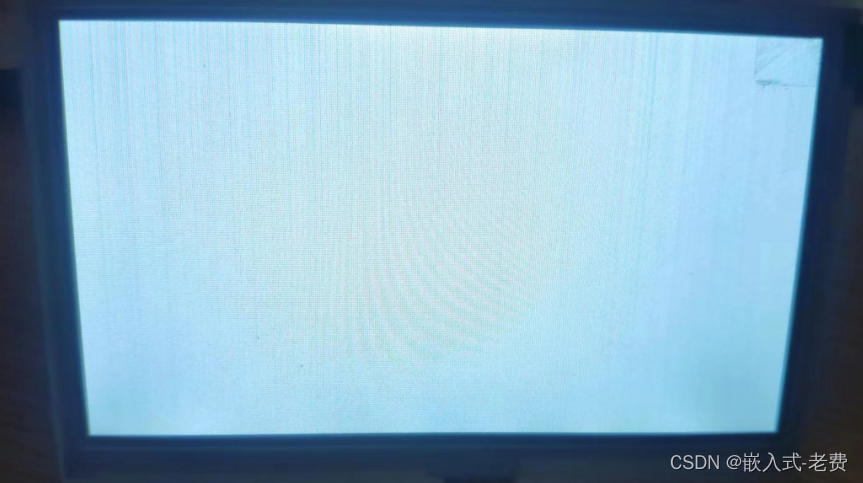
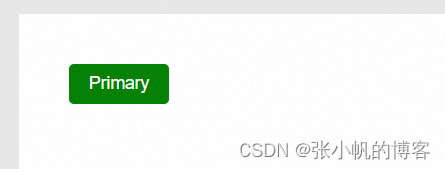
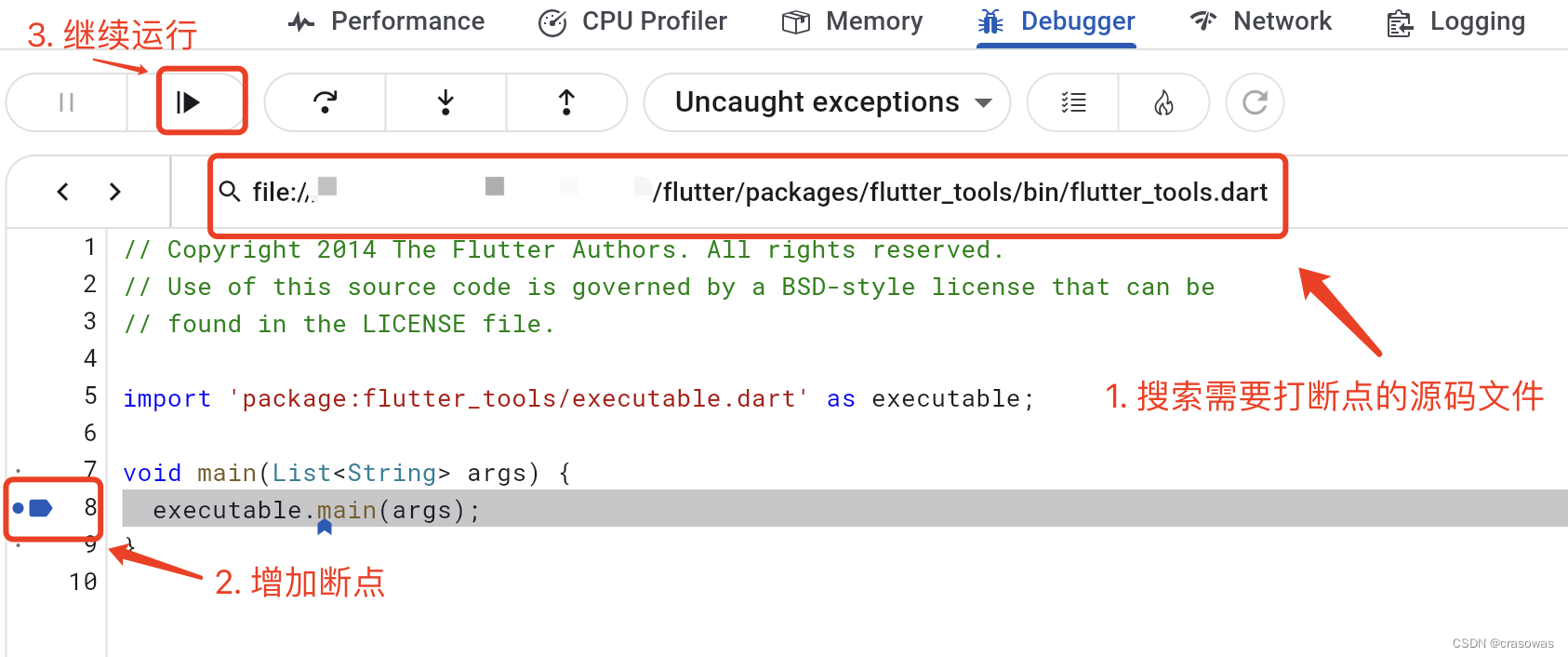

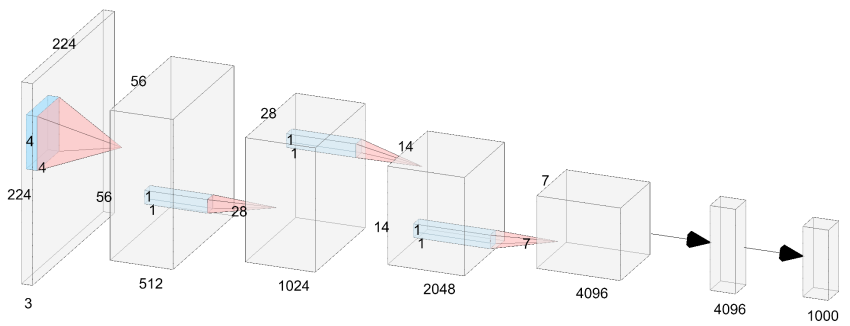


![[Halcon3D] 3D鞋点胶的点云边界提取](https://img-blog.csdnimg.cn/56707a2eada84985b0ad5373fd290418.png#pic_center)
